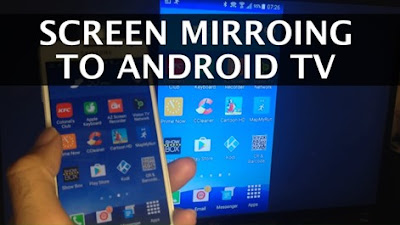How to Use Screen Mirroring on Android in 2023 (Latest Guide)
Android screen mirroring is a useful feature that allows users to share the contents of their Android device screen with a larger display device, such as a TV or computer monitor. With screen mirroring, users can easily share photos, videos, and other media with friends and family, or give presentations at work. In this article, we will discuss how to screen mirror your Android device and provide some tips and tricks to make the process smoother and more enjoyable.
Android Screen Mirroring Screen mirroring is a technology that allows users to share the display of their mobile device with another device such as a TV or computer monitor. This technology has become increasingly popular in recent years, as it allows users to view content on a larger screen without the need for cables or additional hardware. In this article, we will discuss Android screen mirroring in detail, including what it is, how to use it, and some of the benefits and limitations of this technology.
What is Android Screen Mirroring?
How to Use Android Screen Mirroring?
Step 2: Open the Settings app on the Android device and select "Connected Devices" or "Display."
Step 3: Select "Screen Mirroring" or "Cast Screen" from the menu.
Step 4: Choose the target screen from the list of available devices.
Step 5: The mobile device's screen will now be mirrored on the larger screen.
Alternatively, many Android devices have a quick toggle for screen mirroring in the notification shade, which can make the process even more accessible.
Benefits of Android Screen Mirroring
Android screen mirroring has several benefits, including:
Larger Screen: The primary advantage of screen mirroring is the ability to view content on a larger screen. This can enhance the viewing experience for movies, videos, and games, making them more immersive and enjoyable.
Convenience: Screen mirroring is a convenient way to share content with others. Rather than passing around a mobile device, users can display the content on a larger screen for everyone to see.
No Additional Hardware Required: Unlike other methods of connecting devices, such as HDMI cables or adapters, screen mirroring requires no additional hardware. As long as the mobile device and the target screen are connected to the same Wi-Fi network, users can mirror the display without any cables or adapters.



Comments
Post a Comment